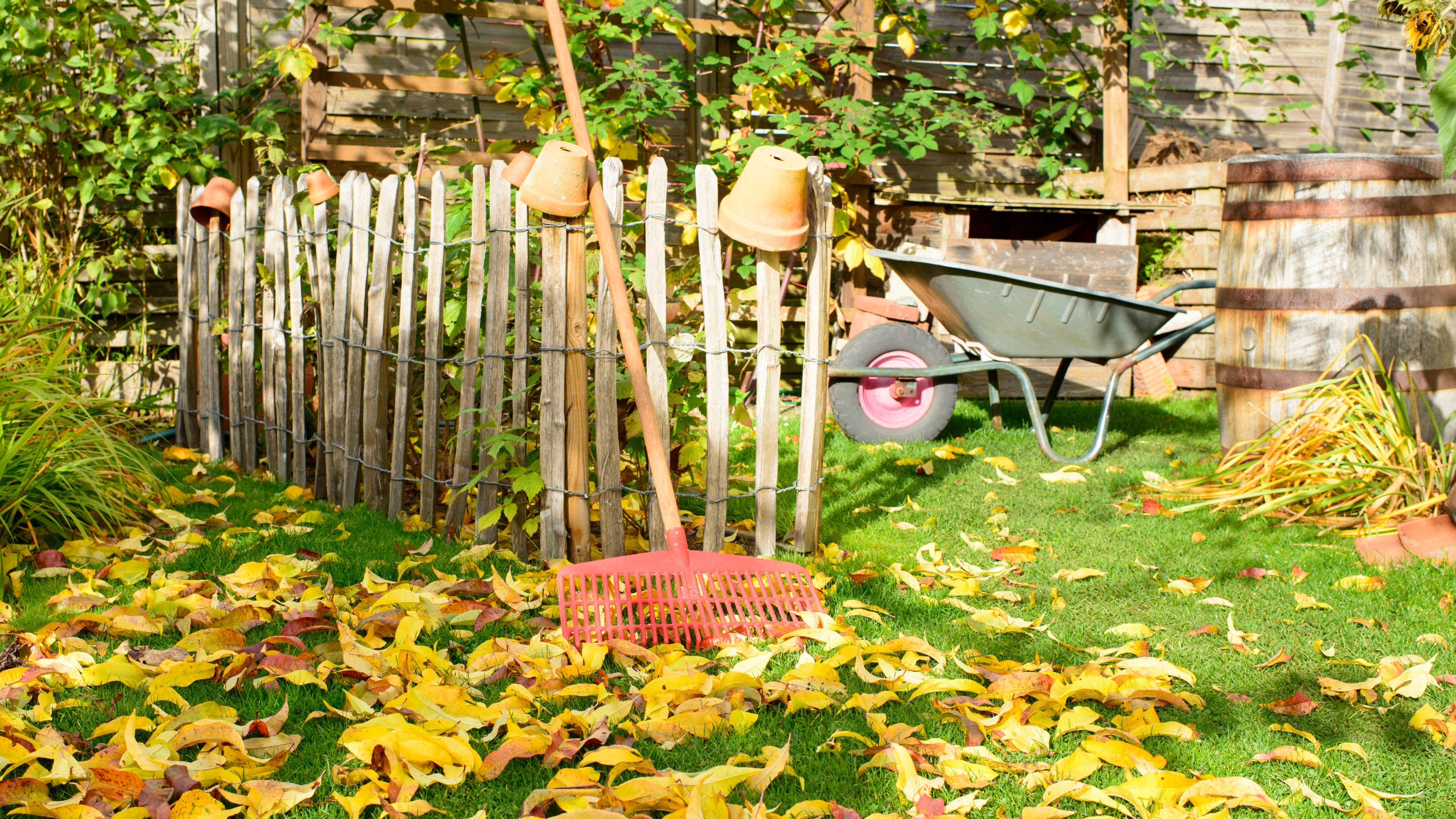
As summer comes to an end, you should know which fall gardening tasks to tackle this year and there are actually a number of jobs that you can be getting on with. Not only is it wise to complete them before winter, when we’d much rather be wrapped up indoors, but it also sets you up for success for next spring.
While we have a month by month calendar of garden jobs to keep your garden looking its best no matter the season, we asked the experts which jobs should be at the top of our lists throughout September, October and November.
Whether you have a day off work or want to make the most of a long weekend, here are the ones that they recommend tackling first and foremost…
1. Plant spring-flowering bulbs
Fall is the best time to plant your spring flowering bulbs so that they have plenty of time to establish before the first frost of the year. Think daffodils, crocuses and tulips, to name just a few.
“The soil is still warm from summer, allowing the bulbs to sprout roots before the coldness of winter, ensuring a vibrant display come spring,” reveals Luke Dejahang, gardening expert and CEO of Crown Pavilions. Aim for a sunny spot with well-drained soil to grow your spring blooms.
2. Divide perennials
Speaking of plants, “if you have any overgrown perennials, fall is the best time to divide these,” says Graham Smith MCIhort, national sales manager at LBS Horticulture.
Dividing them will not only help them to grow better the following year but it can reduce the risks of diseases and pests. Simply “use a garden shovel or fork to lift the plant, and then separate it into smaller clumps. These clumps can then be replanted back into the ground, and ensure that they are watered in well,” Graham continues.
3. Apply mulch
“It's really important to protect your plants over the winter months so that they aren't affected by frost,” admits Morris Hankinson, director of Hopes Grove Nurseries. And “applying a layer of mulch to your soil is a great way of doing so, with fall being the perfect time to do it. Before mulching, clear all weeds from the area and water the soil. Then apply your mulch and make sure it's at least 2" deep before leveling out the surface.”
In addition to this, Graham recommends that you “apply the mulch when the soil is moist, and ensure that you have left a gap around woody stems or tree trunks to prevent rotting.”
4. Prep your lawn
The summer heat can take its toll on lawns and Nick Ee, BLACK+DECKER’s product and training manager, reveals just how important it is to aerate, scarify, and fertilize a lawn to keep it looking its best all year round.
He admits, “Scarifying removes dead grass, roots, and debris otherwise known as thatch, that blocks water and nutrients from reaching the soil. Removing this layer helps to prevent the lawn from becoming waterlogged and promotes healthier grass growth.” If you’re not sure how to scarify a lawn, thankfully we have a handy guide. “After removing debris, aerate the lawn for better soil and root health, then fertilize and seed bare patches for regrowth,” Nick concludes.
5. Get pruning
According to Susan Poizner, founder of OrchardPeople, “pruning in the fall, particularly in October or early November, is essential for shaping your fruit trees and removing any diseased or dead wood before winter.” You’ll also want to prune back any dead or diseased branches or leaves that you might have noticed more generally.
With a sharp pruning tool or pair of secateurs, make clean cuts to prune, with this helping “to improve air circulation and sunlight exposure for the upcoming growing season,” Nick adds. Just make sure to clean up as you do so as leaving this on the ground could potentially spread any plant diseases.
6. Collect and compost leaves
Even though seeing the leaves turn from green to rust makes us feel cozy and ready for the cooler months, it can be rather frustrating when your garden is covered in them. Before they start to build up too much and potentially block drains or “smother your lawn or plants, which can lead to disease or decay,” use a rake to gather them up, Luke explains.
“These leaves, when added to your compost pile, break down into nutrient-rich organic matter that enhances soil structure and fertility. By composting leaves, you're not only reducing waste but also creating a natural fertilizer that will nourish your plants in the coming seasons,” says Jade Oliver, interior stylist at Express Bi-Folding Doors.
7. Clean and repair your greenhouse
As the days start to get shorter, this reduces the amount of natural light that will be able to get through to your greenhouse veggies and plants. Take the time to remove any dirt, algae, or grime from the glass to give the light the best chance of breaking through.
While you do this, have a look to see if you need to make any repairs and check for damage. It’s much easier to do this before we arrive in the busy period of spring.
Price: $13.92
If you're in the market for a new trowel or your current one is looking a bit past its best, this one from Walmart has plenty of five-star reviews and is a great price. It's perfect for planting your spring-flowering bulbs.







